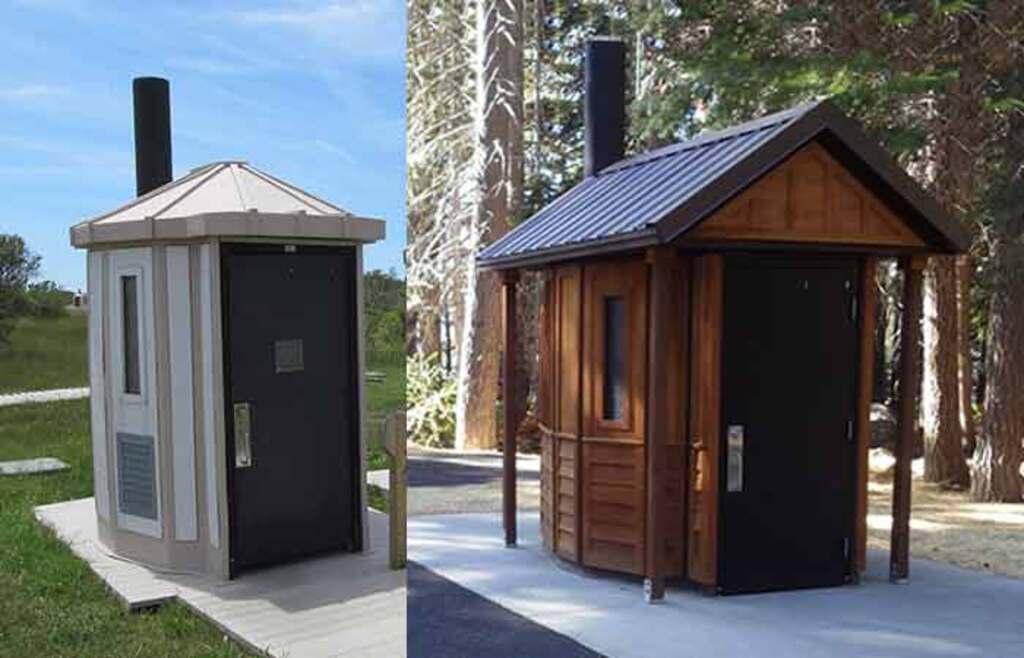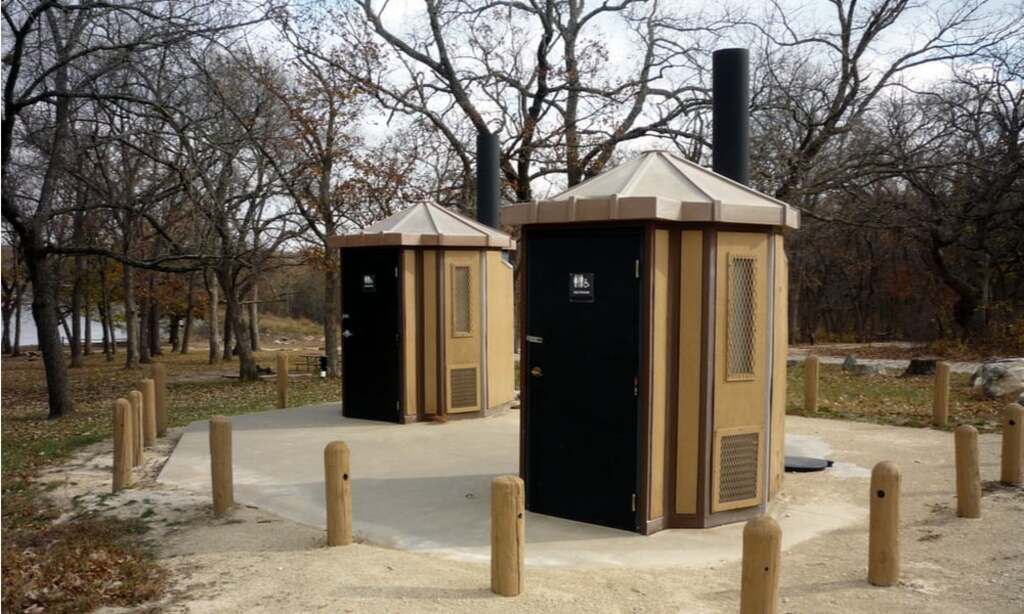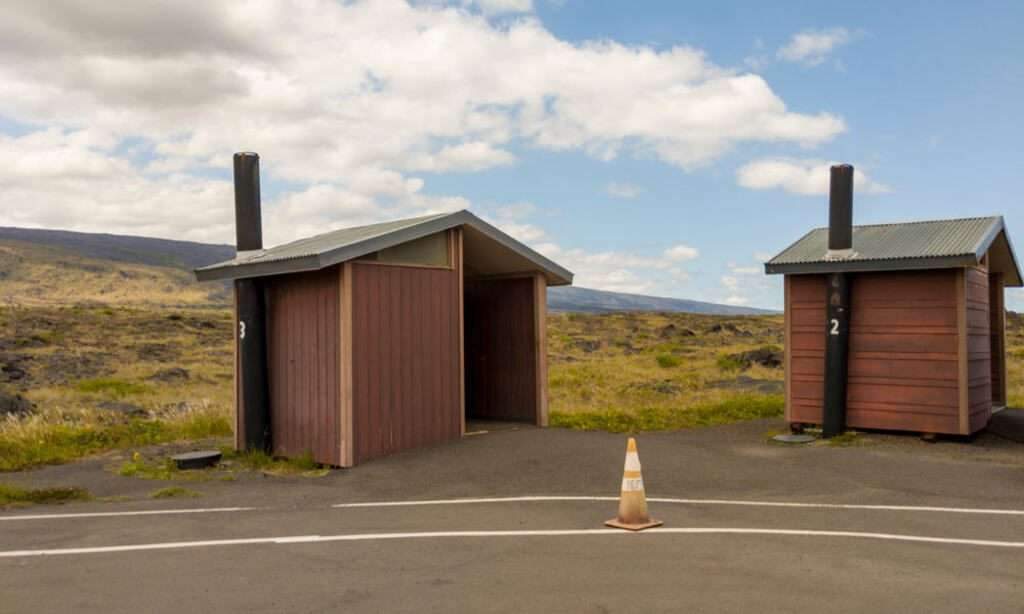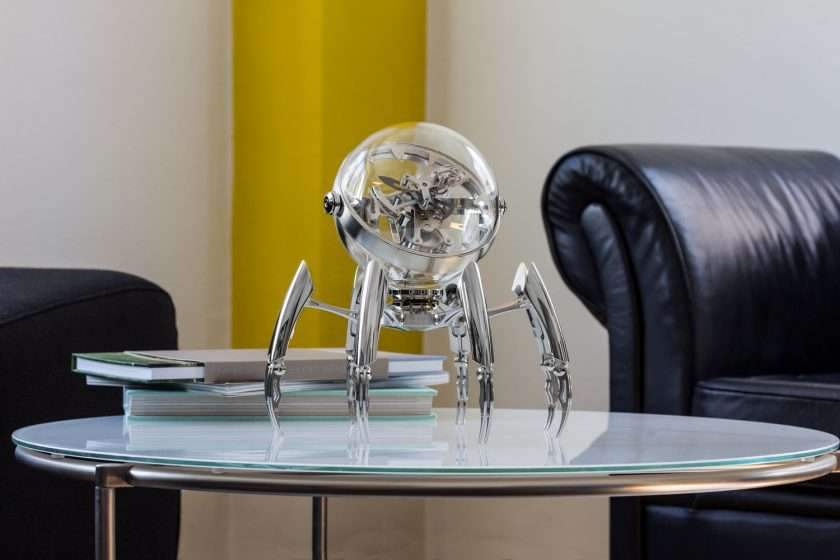A Solution for Sites in Wilderness: Vault Toilet
Adventure-loving people, wanderers will certainly find themselves in the great outdoors or headed on roads. The only concern while camping or being on a trip is the toilets. The safety, hygiene, and proper sanitation for an individual, in this case, matters the most. In the earlier times, it was one of the setbacks for exploring remote locations but not anymore. In a rural or wild area with no running water, nowadays, one can come across a vault toilet.A Solution for Sites in Wilderness: Vault Toilet
What is a Vault Toilet?
Consider a mining contract secured by a firm with more than a hundred employees in a distant location with no running water or sewer connections. What will management undertake to ensure that its employees are properly clean and safe with good sanitation? The answer is setting up a Vault toilet.
The question may arise that what are vault toilets?
To define vault toilet, it is a non-flushing toilet that is installed atop a vault or underground tank to store the human waste temporarily. The vault toilets are mostly set up in the areas without the privilege of flowing water or well-established sewage connections.
The majority of vaults have the capacity to hold between 750 and 1000 gallons of excretes, although larger vaults with capacities of up to 13000 gallons are also offered. They’re usually vented to get rid of unpleasant odours, and they’re also accessible when it’s time to drain out all the waste. The waste from these vault toilets is carried out to wastewater treatment plants set up by local municipalities on a regular basis.
Vault toilets are typically seen at camping sites in rural locations. Vault toilets have a larger capacity than other portable seats.
What are Vault Toilets Made of?

Source: toiletseek.com
Concrete or plastics are used to construct the vaults. Reinforced cross-linked polyethene is the most common material of vaults in vault toilets. Because this material does not fracture or leak, it complies with all environmental regulations.
The vaulted part is driven into the ground and a concrete slab is laid directly over it in a conventional vault toilet construction. The structure is erected on the slab, with the lavatory and vent piping system connected to the vault. At a fraction of the cost of site-built buildings, this sort of technology delivers a stable, odour-free, and approachable toilet. Based on how they’re built, vault toilets can provide seclusion and convenience. It is possible to put lighting or dispensers in these toilets.
Structures built using cross-linked polyethylene (the material used to construct vault), wood frame construction, and reinforced concrete constructions are also options for prefabricated vault toilets. There are the options of single, “unisex,” and double vault toilet systems to choose from. In vandal-prone locations, concrete patterns are frequently selected for their superior durability.
How does a Vault Toilet Operate?

Source: smart-adv.com
Vault toilets operate by temporarily storing human excreta in a vault in a location without running water or sewage systems without hurting the surroundings. In rural locations, they are the toilets of preference in camping areas and recreational spaces. They provide seclusion and are inexpensive to manage and sanitize. Other organic wastes, in addition to excrement and urine, are discharged within the vault, which is critical for maintaining the camp’s cleanliness. Waste that will not decompose should never be stored in the vault. Wastewater from showering stalls enters the vault as well.
A suitable location to put up vault toilets is the one with good access roads so that sewage pumping vehicles can get to the vaults. A Fiberglass riser installed on top of the hole in the floor and a seat with a lid covering on top of the riser makes up the vault compartments. When the toilet is not in use, the lid is kept closed to avoid a foul odour in the cubicle.
Are Vault Toilets Stinky?
The most common complaint about vault toilets is their foul odour. A vault toilet that has been correctly constructed, ventilated, and cleaned should not smell. Foul odours in vault toilets are caused by ammonia and gases produced by the decomposition process of faeces, as well as various other organic items are thrown in the vaults, such as meals and drinks.
According to a study conducted by the US Forest Service, vault toilets do not emit nearly as many “odoriferous emanations” as they may. Fresh air passes naturally through the structure and escapes out of the vault and vented pipe since the structures are constructed with a vent system. This design is known as the “sweet-smelling toilet” proposed by the Forest Service.
A complete absence of wind, for example, might cause a “green cloud” to form around a well-ventilated vault, which can then slowly drift onto neighbouring locations, contaminating them with the foul smell. The concept is similarly reliant on the solar energy heating a roof vent stack. As a result of the heat, rising air currents in the pipe draw the stinky air out of the structure. The disadvantage is that this does not function as well in densely wooded areas or areas that are continuously overcast.
Pro Tips for Clean Vault Toilet Experience
Here are a few suggestions for making your time on a vault toilet a little more comfortable, or at the very least manageable.
1. Examine for flies and bees:
When opening the door to a vault toilet, use caution. Insects could be present. There may be bees. Spiders are also frequently seen in the corners of the floor and ceiling. Simply be aware.
2. Get your own Toilet Paper
While management tries their best to have toilet rolls filled in vault toilets, it appears that there is rarely any. And if it is, it vanishes fast due to the large number of individuals using the vault toilet.
3. Do Not Dispose of Garbage in the Vault Toilet
Only human excrement and toilet paper are meant to be disposed of in vault toilets. If garbage becomes mixed in with the waste, it won’t be pushed out correctly.
4. Sanitize
Carrying hand sanitiser and using it after the use of the toilet is a way to maintain personal hygiene and cleanliness.
5. Ensure the Safety of Your Personal Property
The belongings are your responsibility and have to be kept safe with you.
The Savior

Source: smart-adv.com
Vault toilets are extremely handy and cost-effective hygiene facilities, particularly in places without water sources or sewer connections. The decrease in water costs and pollution are the two most major advantages of these toilets. These toilets use the least amount of energy and are excellent compact toilets for tiny places.
For more information about the latest architectural development, keep coming to Architecturesstyle.
A Solution for Sites in Wilderness: Vault Toilet






